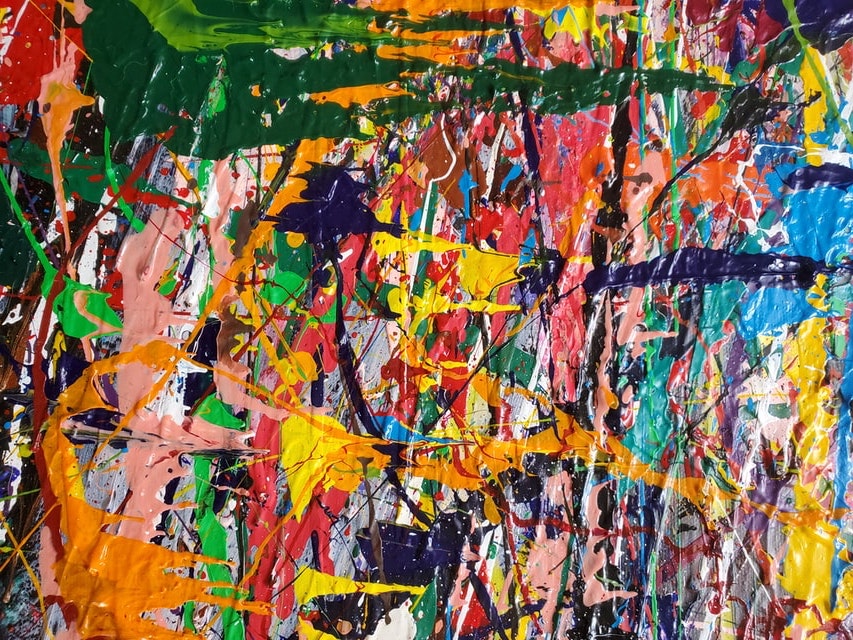Unless you’ve been living under a rock you probably encountered a whole bunch of stories of people sharing their first experiences with AI tools: Folks who generated images via DALL-E or Midjourney, or had ChatGPT draw up texts and answer questions for them.
Chances are, you encountered quite a bit of hyperbole as well as intense emotional reactions.
Be it in news articles, blog posts, Youtube videos or on TikTok, I’ve lost track of just how many folks declared a new age of AI, massive societal changes, old jobs lost or new ones created. But as we collectively gain more experience playing around with these tools, we get to a better understanding of their capabilities and limits.
Now here’s the thing: Generative AI tools are powerful, but they’re also not all that powerful? As much as they are powerful generators (or mirrors) of content, they are much more powerful as a technology we get to project a lot onto. As much as they conjure images on a screen, they conjure images in our minds.
First trying out generative AI tools is like taking a step into a pitch black room: You can’t really see how large the room is. It might seem huge, cavernous, an enormous expanse. But once you take a few steps, arms stretched out in front of you, you notice that the room is in fact the size of your living room, a simple, normal room. Nothing to be scared of, nothing too impressive. It’s just a room, it has walls where you’d expect them. Just need to find the light switch to better see what’s going on.
AI tools, too, have limits, and those limits might be far closer than it seems at first glance. Just figuring out the exact shape of those limits might take some time.




